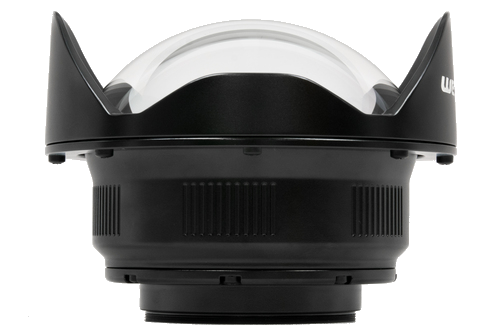Nauticam WWL-1 Review and Tests
March 8th, 2016
Nauticam WWL-1 Review and Tests
Nauticam recently released a new wet wide angle lens to the market. Similar to their high quality macro converters, this lens is advertised to be exceptional quality, compatible with a variety of cameras and lenses and offering full zoom through. To confirm these claims we took the lens to the pool with a variety of camera set ups and gave it a thorough testing.
WWL-1 Review | Zoom Through Ability | Sample Photos | Final Thoughts
Angle of View Tests:
Canon G7X | Sony RX100 IV | Micro 4/3rds | Sony A7R II Full Frame
Nauticam WWL-1
The press release from Nauticam outlines the excellent quality and features of the new Wet Wide Lens.
The WWL-1 consists of 6 optical glass elements, each coated with a broadband anti reflective coating to keep flare and internal reflections to a minimum. It is designed specifically for shooting underwater, versus other lenses that are adaptations of an "on land" lens.
This bottom up engineering process allowed the lens to be built with full zoom through capability, versus only functioning at a single focal length. The base focal length for this lens is 28mm, but thanks to the zoom through capability, it can be used successfully with cameras that offer a different focal length, such as the popular compact cameras with lenses equivalent to 24mm. The lens offers a very wide 130° field of view, an ideal angle for most underwater wide angle situations. With the addition of the zoom ability it is also perfectly suited for a wide range of shooting scenarios from reef scenes to big animals and more. Lastly, the lens performs well with close focus wide angle, focusing right up to the front of the dome element.
Specs:
- 130° Angle of View
- Full Zoom Through Capability
- Compatible with both 67mm threads and Nauticam Bayonet Mount
- 6 Lens elements in 5 groups
- Focusing from front lens element to infinity
- Includes Anti Reflective lens coating
- Weight - 1.24kg (2.73lbs) air / .62kg (1.3lbs) underwater
- Dimensions - 130mm (5.11in) Outer Diameter x 97mm (3.81) Long
- Depth Rating - 100m (330ft)
- Part # - 83201
Our Thoughts
After using the lens, both on a couple dives in the ocean and extensively during our tests in the pool we agree this is one nice piece of equipment. The lens has its pro's and con's, but overall we were impressed by the functionality and flexibilty of the WWL-1. It performed very well on a variety of cameras and at a variety of focal lengths, just as advertised. The lens is easy to use, whether you're simply screwing it on or using the new bayonet mount system.
Looking for more thoughts? Skip to our overall conclusion on the WWL-1 lens with different camera formats!
WWL-1 on Other Housings
We have confirmed that the WWL-1 can also be used on housings other than the Nauticam, though we were not able to test the results on different housings. The lens performance will vary if the camera housing does not position the camera lens very close to the front of the port, so less expensive options like Ikelite, or housings that require an adapter like Fantasea or some Olympus housing may not work well. Other housings, like the Recsea CW, Recsea Aluminum (with Direct to Port adapter), Acquapazza, Olympus (with built in threads) should all function well. Some, like Olympus PT-EP12's short port and the Acquapazza or Recsea CW ports should also allow for the use of the Nauticam Bayonet Mount system (once you remove the two set screws from the Nauticam Bayonet piece).
Pros & Cons of the Nauticam WWL-1
Pros:
- Great angle of view
- Full Zoom Through
- Easy to use screw on or bayonet mount system
- Great Quality
Cons:
- Extremely Heavy - still 1.3 lbs negative underwater!
- Very Pricey - Costs $995
- Fairly large for a compact set up (or feels large because it is so heavy)
WWL-1 Zoom Through Ability
We were very impressed by the zoom through function of the Wet Wide lens. It adds a level of flexibility to an underwater set up that previously could not be achieved. As a wet lens you not only have the ability to remove it for shooting macro with your compact or mirrorless set up, but you can also now zoom, allowing more variety of shots without having to stop and adjust your camera rig during the dive.
We tested the zoom through capabilities with the Sony RX100 IV and the Panasonic GX8 w/ Olympus M.Zuiko 14-42mm EZ lens. Both fared very well and we feel make a great single lens set up for folks looking to get the most flexibility out of one lens. Check out our results.
Sony RX100 IV
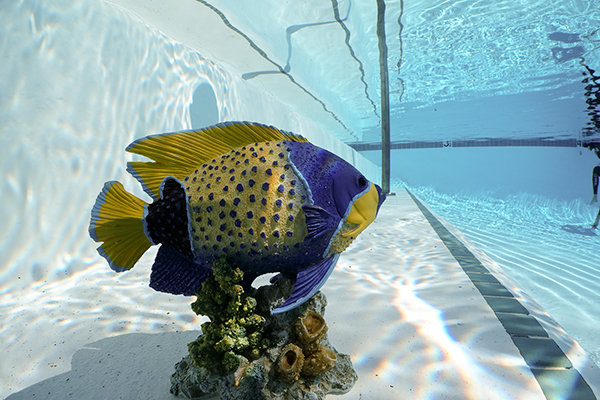
Full Wide on the RX100IV with Nauticam WWL-1
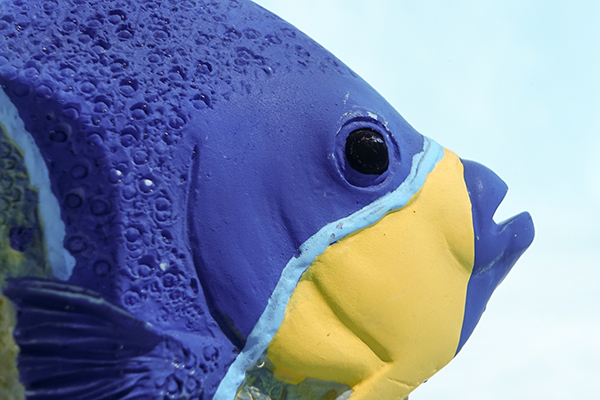
Same little fish, with RX100IV fully zoomed in, focusing as close as possible with WWL-1 attached
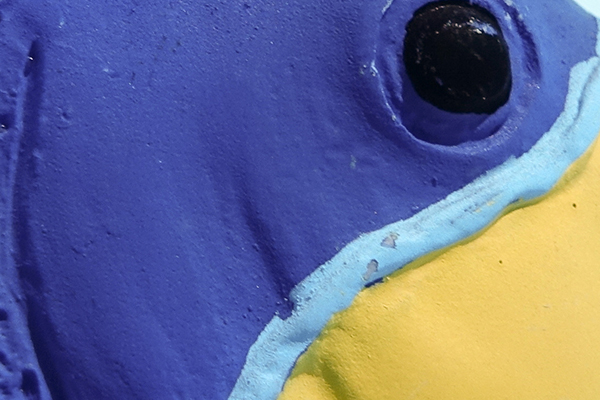
100% crop of the above photo to illustrate great detail retained even during zoom with WWL-1
Olympus 14-42mm EZ (on Panasonic GX8 camera)
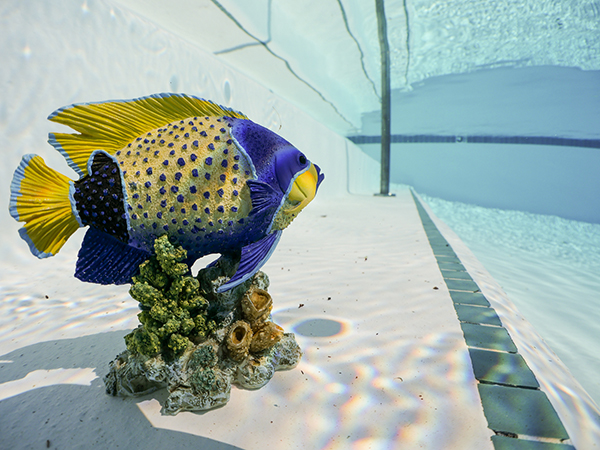
Full wide angle of view with the 14-42mm EZ and WWL-1 Lenses
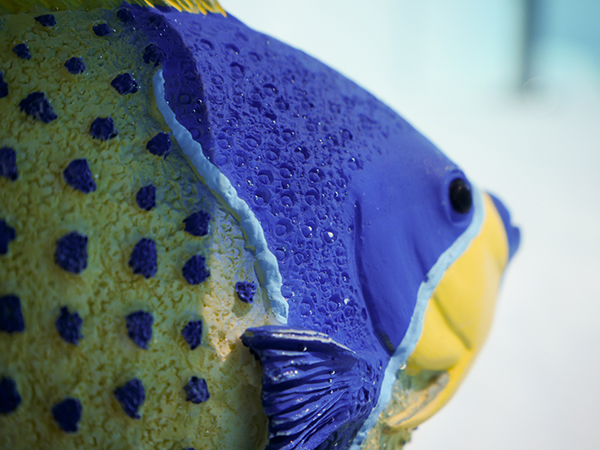
14-42mm fully zoomed in and shot as close as possible (dome basically on the fish) with the WWL-1
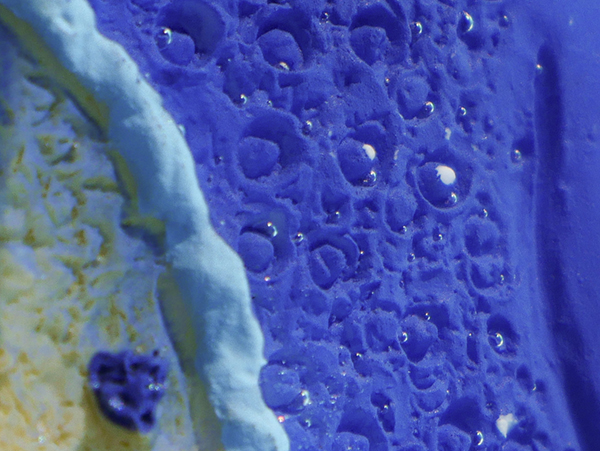
100% crop of the in focus area of the above photo
Overall we feel like the detail and clarity are best on the compact lenses. The mirrorless combination is great, espcially if you are looking to keep things simple and just use one lens with the wet wide and macro options. From other uses we feel the native camera lenses produce better quality images overall, but those do require you to choose one type of lens per dive - either wide angle or macro, you can't do both with the native lenses.
Field of View Tests
The most important factors for many underwater photographers when choosing a wet wide angle lens is the angle of view and the quality or sharpness of the image it produces. We took the Nauticam WWL-1 and paired it against our most popular wet wide lens, the Dyron Super Wide Angle Lens on both the G7X and the RX100 IV. In addition we matched it against popular native mirrorless lenses on the Panasonic GX8 and the Sony A7R II cameras.
G7X
The Canon G7X is a popular compact camera with a 1" sensor, easy white balance features and a 24mm lens. Due to this lens the G7X can be difficult to pair with a wet wide angle lens. On the Nauticam housing it works well with the Dyron Super Wide, but you must use the N50 Short Port, or be careful to zoom in without going to far or the image will not focus well. With the Nauticam you can use either the standard port or the Short port, as zooming in is not a problem. Here are our angle of view results.
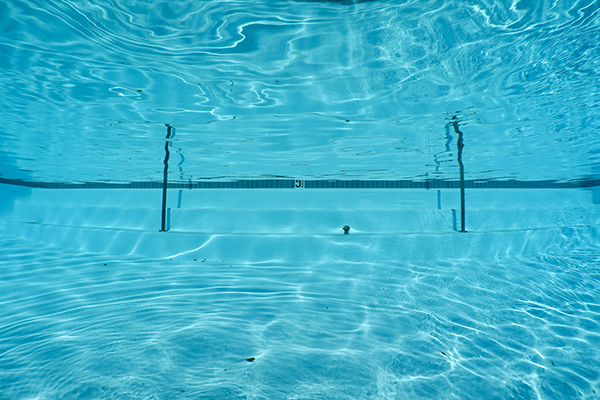
Full angle of view on Canon G7X with Nauticam N50 Short Port and Dyron SWAL13 Lens
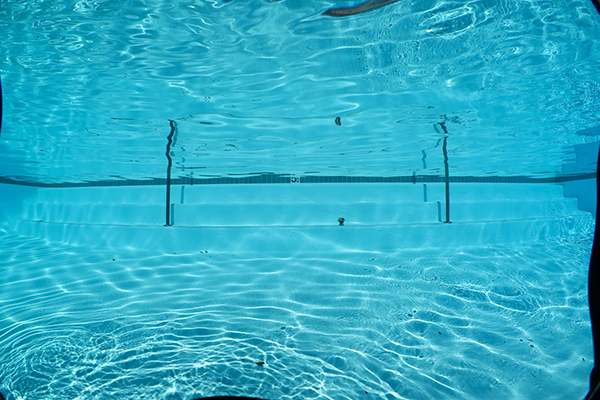
Full angle of view on Canon G7X with Nauticam N50 Short Port and Nauticam WWL-1, notice slight vignetting in the corner - since you cannot zoom with this port on it has to be cropped later. When used with the standard port, vignetting will be slightly worse, but you can zoom the camera in (to about 28mm) to remove any evidence of vignetting while still retaining sharp, wide images.
G7X Conclusion
Overall the Nauticam WWL-1 lens provides a wider angle of view on the N50 short port, but once you've cropped the image down to remove the black vignetting the overall results are nearly identical. Close evaluation of the two images shows us that they are also very similar in terms of quality, sharpness and color reproduction. For the G7X either lens is a great choice. Choose the Dyron SWAL with Recsea or Nauticam housings and zoom carefully, or use the Nauticam N50 Short port for no additional changes and easy shooting. For more flexibility choose the Nauticam WWL-1 lens.
Sony RX100IV
The leader in compact cameras for underwater photography over the last few years, the Sony RX100 series offers a large 1" sensor and great video features. The original RX100 and the RX100 II had a 28-100mm lens, which will work flawlessly with the WWL-1 or Dyron SWAL with no vignetting on any house that can accept those lenses. The newer RX100 III and IV, which we tested, feature a 24mm wider lens like the G7X. Here are our results pairing the Nauticam WWL-1 against the Dyron SWAL13.
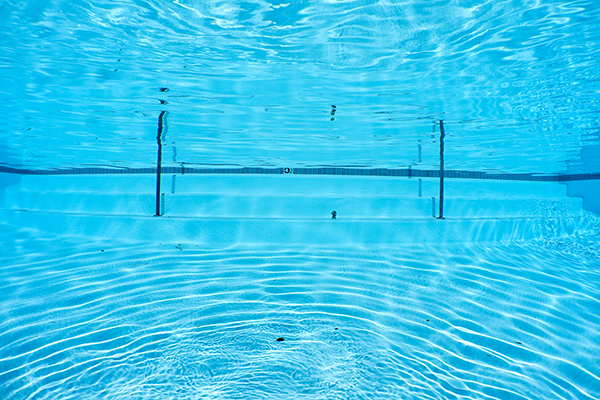
The Dyron SWAL does not vignette with the RX100 IV and offers an impressive angle of view.
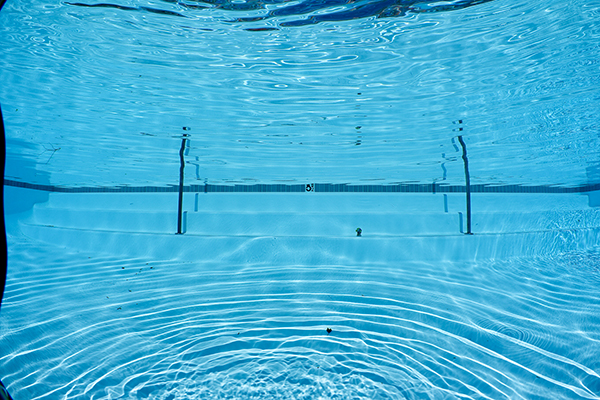
Very slight vignetting on the Nauticam WWL-1 lens means more time in post production, or a small touch of zooming while shooting. Angle of view between the two is extremely close, though after zooming the Dyron has a very slight edge.

Overall quality, color and sharpness of the two lenses is basically the same when examined closely.
RX100 IV Conclusion
Once again, we feel that both options are great choices for the RX100 IV compact camera. The Dyron SWAL costs less, but is not as flexible as the WWL-1. To gain the ability to zoom in and shoot fish portraits without having to remove the lens, the WWL-1 has the advantage. For a smaller, lighter lens that is easier to travel with, pick the SWAL13.
Micro Four Thirds (Olympus & Panasonic)
The mirrorless, micro 4/3rds cameras produced by Olympus and Panasonic have been big contenders in the drive for higher resolution, better performing cameras but without the bulk and cost of the more professional dSLR options. Now with the WWL-1 we see the ability to have a good mirrorless system that operates off a single lens, for those wanting to upgrade from a compact camera, but not lose the flexibility compacts offer with the use of wide angle lenses. We compared the WWL-1, using the Olympus M.Zuiko 14-42mm EZ lens, against the popular native wide lenses on the GX8 Camera, here are the results.
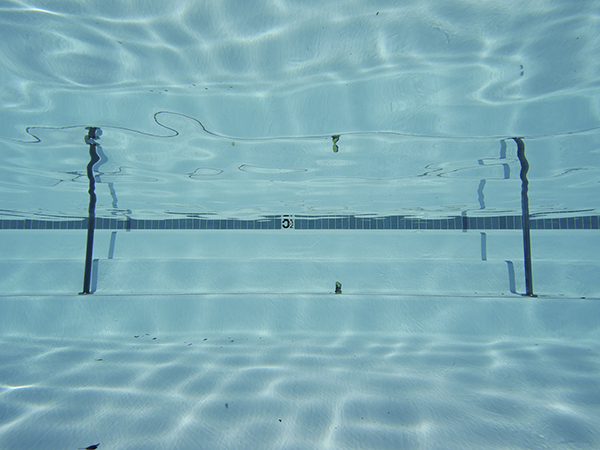
Olympus M.Zuiko 9.18mm - this lens only offers a 100° angle of view, the benefit is being able to zoom in for more flexibility.
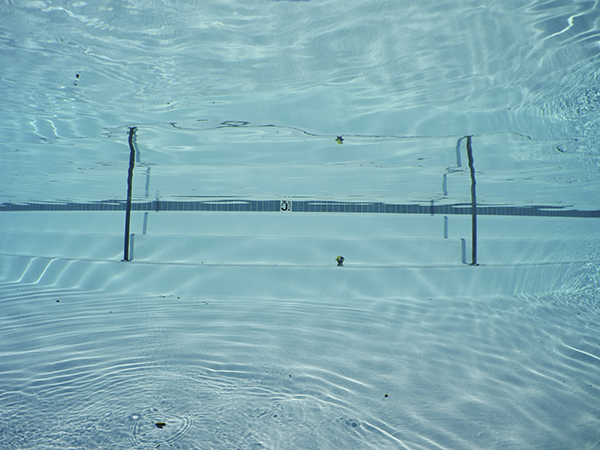
Nauticam WWl-1 with Olympus M.Zuiko 14-42mm EZ Lens. No vignetting at the widest setting, good quality and very wide, with the full zoom ability of the lens, its a great option for a single lens set up.
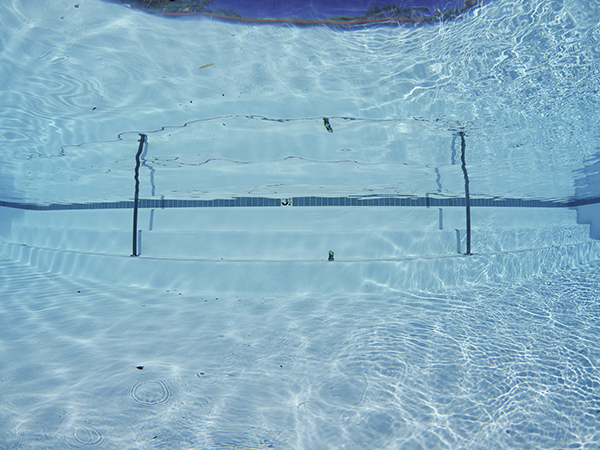
Panasonic Lumix G 8mm lens (or Olympus M.Zuiko 8mm Pro, same angle of view). Hands down this offers the widest angle of view, and will be the sharpest best option for stunning wide angle shots.
Micro Four Thirds Conclusion
Overall all three lenses are great and each can serve its specific purpose well. If you are looking for a fairly wide lens, with flexibility for zooming and are more concerned about sharpness and quality, sticking with the native lens like the 9-18mm or 7-14mm are best. For best overall angle of view and sharpness the 8mm cannot be beat, and for the most flexibility (wide angle and macro on the same dive) then choose a kit lens with the Nauticam WWL-1.
Best for Big Animals
The 9-18mm or 7-14mm are great options, espcially for large animals like manta rays, sharks, manatees etc.
Best Angle of View
For the ultimate wide angle the 8mm Fisheye - either Olympus or Panasonic's versions, will provide an incredible angle of view and overal sharpness. It has it's limitations though as with the fisheye lens, things will look smaller or further away than they truly are and this lens is best suited for reef scenes, wrecks, extremely large animals like whales or any medium sized subject that you can get up close with.
Most Flexibility
For the most flexibility, the WWL-1 is definitely the best choice. No other wide angle lens gives you the flexibility of this lens, though the Dyron SWAL13 should work on these same ports and lenses but without the ability to zoom in. In addition to the Olympus 14-42mm EZ (electronic zoom) the WWL-1 will function on the Nauticam housing with the 12-50mm lens and port (use the bayonet system to be able to attach the lens to the 77mm port), the standard Olympus 14-42mm and Flat Port 56, or the Panasonic equivalent - 14-42mm PZ (power zoom). It also works with Olympus housings that offer the built in 67mm threads like the PT-EP12 for Olympus E-PL7.
Close Focus Wide Angle
One of the benefits to the 8mm Fisheye lens is the ability to get very close to your subject and still focus, nearly on the dome port. The WWL-1 lens also allows for that close focus wide angle shooting, since you can focus just about on the front dome element which adds another benefit to this lens as an easy to travel with, single lens set up. Pair it with the Bluewater +7 macro lens, or go all out with the Nauticam bayonet system and Compact Macro Converter for quick and easy lens changes underwater.
Sony A6400 / A6500
The WWL-1 works great with the Sony A6000-series cameras, with the 16-50mm kit lens. We've tried it in the Nauticam and Fantasea housings.
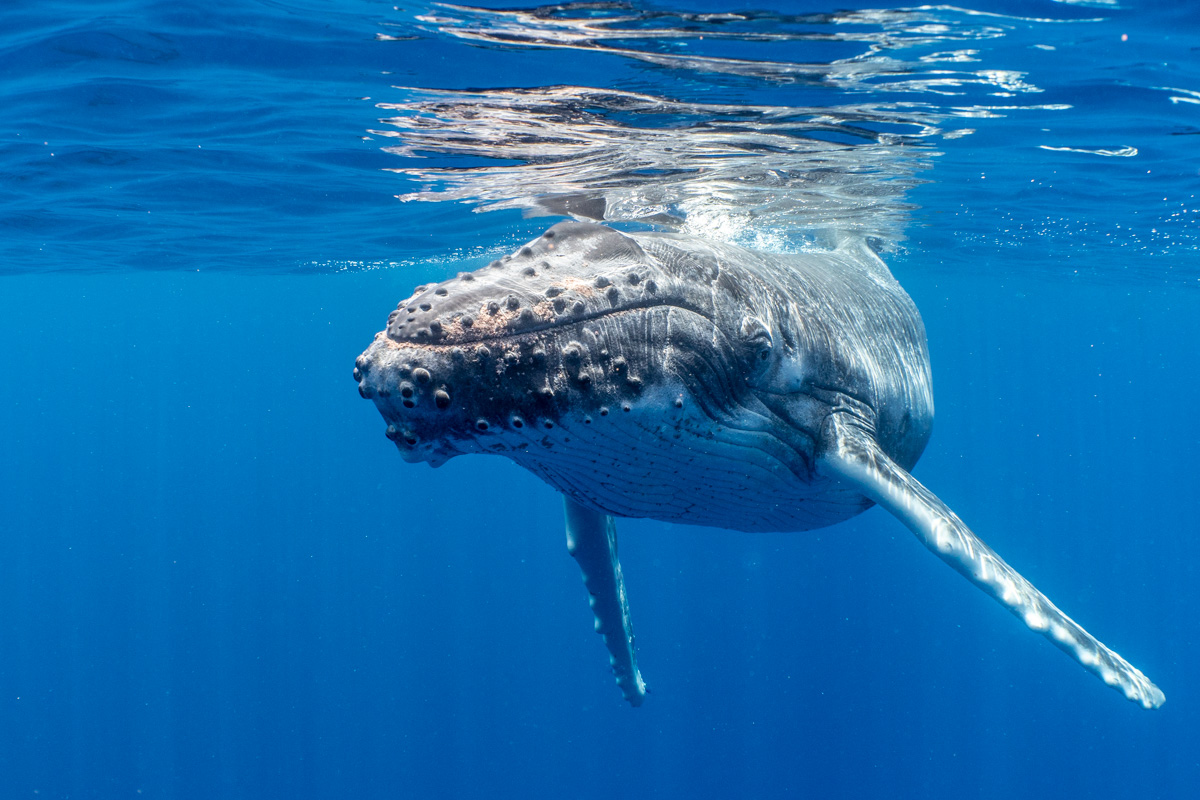
Sony A7R II - Full Frame
The Sony A7R II camera has turned out to be an incredible choice for underwater photography with its highly detailed full frame sensor, great video options and a smaller size than most dSLR's. It's one main downside is battery life, and small lens selection. Thanks to recent releases by Sony, the lens choice has not been an issue yet, but just like other mirrorless or dSLR cameras, the photographer is limited by having to choose wide angle or macro.
While the new WWL-1 lens won't change that limitation completely, it does offer the user the ability to get nearly the same angle of view as the FE 28mm lens with Fisheye Conversion Lens, with the ability to remove the WWL-1 underwater and be able to shoot fish portraits or smaller animals with just the FE 28mm. Here are our test results.
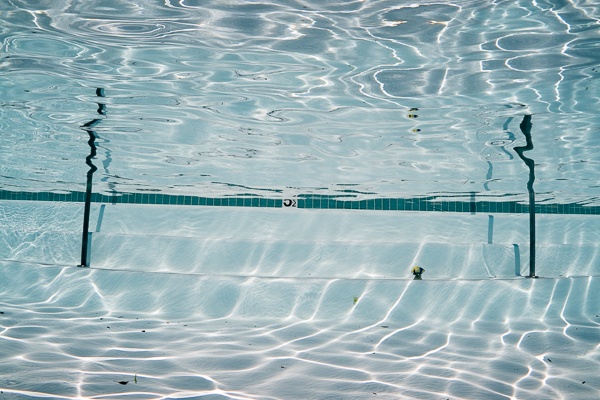
Sony FE 28mm Lens + Fisheye Conversion Lens behind the Nauticam dome port.
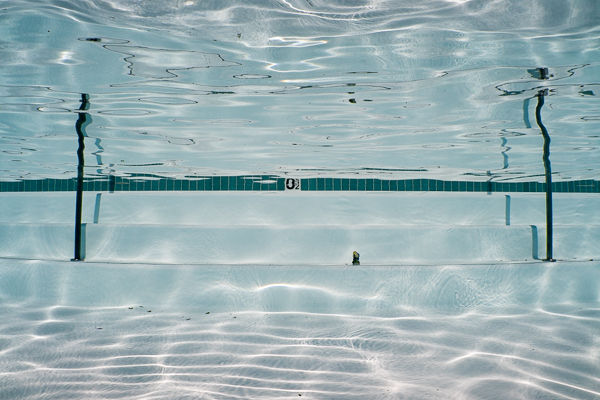
Sony FE 28mm with Nauticam WWL-1 - nearly as wide, still great quality.
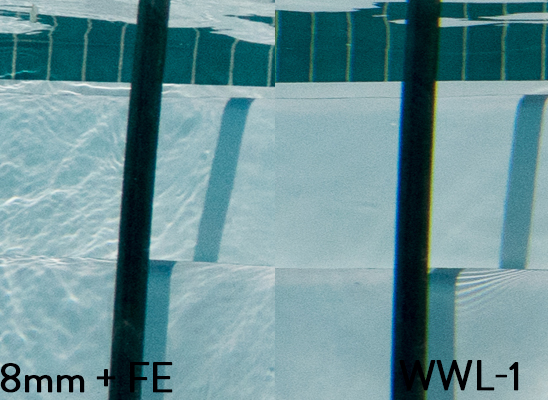
100% crops of the left pole from the above test images - When looking for overall quality we feel the 28mm lens and Fisheye Conversion still performs better. It is easy to see added chromatic abberation on the edges of the pole with the WWL-1 much more than with the 28mm. While easy to fix with Adobe Lightroom, if you want to limit your post processing, choose the native Sony lenses.
A7R II Conclusion
Overall both options, again, are great choices. If added flexibility is your ideal, then choose the WWL-1. For overall quality, and a very slightly wider angle of view, the FE 28mm + Fisheye Conversion lens is the way to go.
Close Focus Wide Angle
Both lenses will work great for CFWA shooting, allowing you to nearly get on top of your subject and still get an in focus image. Depth of field and overall quality is very similar between the two choices as well.
Final Thoughts
Overall we feel the Nauticam WWl-1 is an excellent choice for the photographer looking for the most flexibility out of their underwater system. It performed great with a variety of camera systems, making it an accessory that you can grow with as you change cameras over the years. It also offers flexibility for compact systems that other lenses do not thanks to the full zoom through functionality. Similarily, with Micro Four-Thirds cameras you have that same unique flexibility when using the WWL-1 with the kit lens, though the overall angle of view is not nearly as great as can be achieved with native lenses like the Panasonic or Olympus 8mm Fisheye lenses. For Sony's full frame mirrorless like the A7R II cameras it offers flexibility while underwater allowing you to shoot great wide angle and remove it for more portrait style shots with the 28mm behind a flat port all on the same dive.
For the ultimate in quality, this lens definitely is worth the cost when using it with a compact system and Nauticam housing. It will function with some other housings as well as long as the camera lens is situated close enough to the inside of the housing port. For Micro Four-Thirds and the Sony A7R II the best quality is still acheived through the native lenses, such as the 8mm Fisheye or 28mm + Fisheye Conversion lens.
All in all to decide if this is the right lens for you, think about what you shoot the most, and how important flexibility underwater is, or if you'd use / enjoy the zoom through capabilities of the lens on your compact or Micro Four-Thirds system. If you are unsure or would like more information simply contact us, our expert sales staff can help answer your questions!
How to Purchase
If you have found this information useful and are looking to purchase the WWL-1 lens or other underwater photography gear we hope you'll use the following links to support Bluewater Photo so we can continue to provide reviews and test on new cameras and lenses. Thanks so much!!
Simply email us or give us a call for a full custom quote, or help with any questions, concerns etc that you may have.
Sample UW Photos with WWL-1 Lens
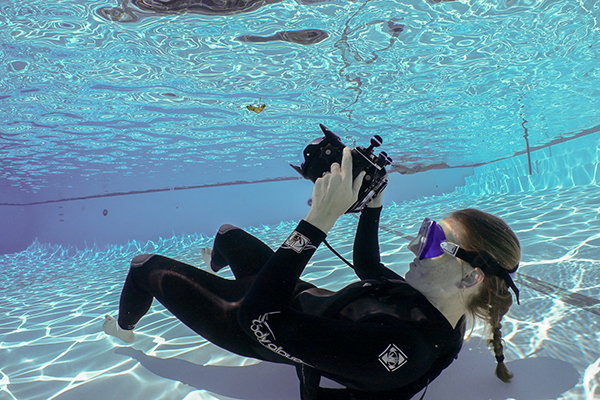
Sony RX100 IV with WWL-1 - Kelli shooting leaves in the pool
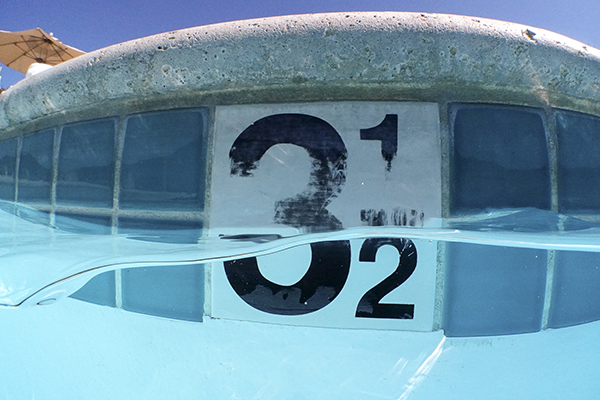
While challenging, split shots can be accomplished with the WWL-1, just be careful to not let the water leak out from between the port and the wet lens or you will see a thick black line.
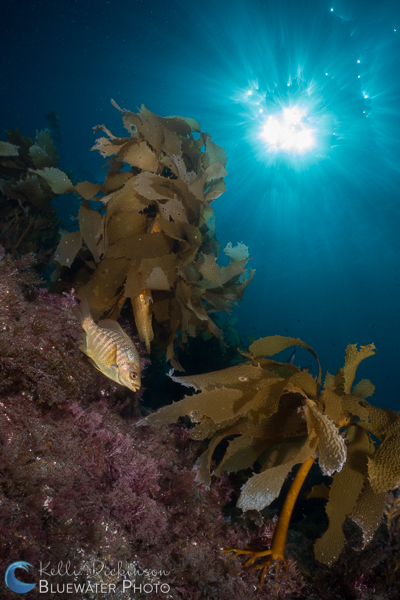
Sony RX100 IV and Nauticam WWL-1 underwater at Anacapa Island, California.


